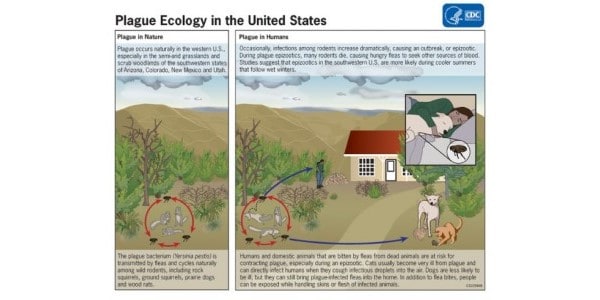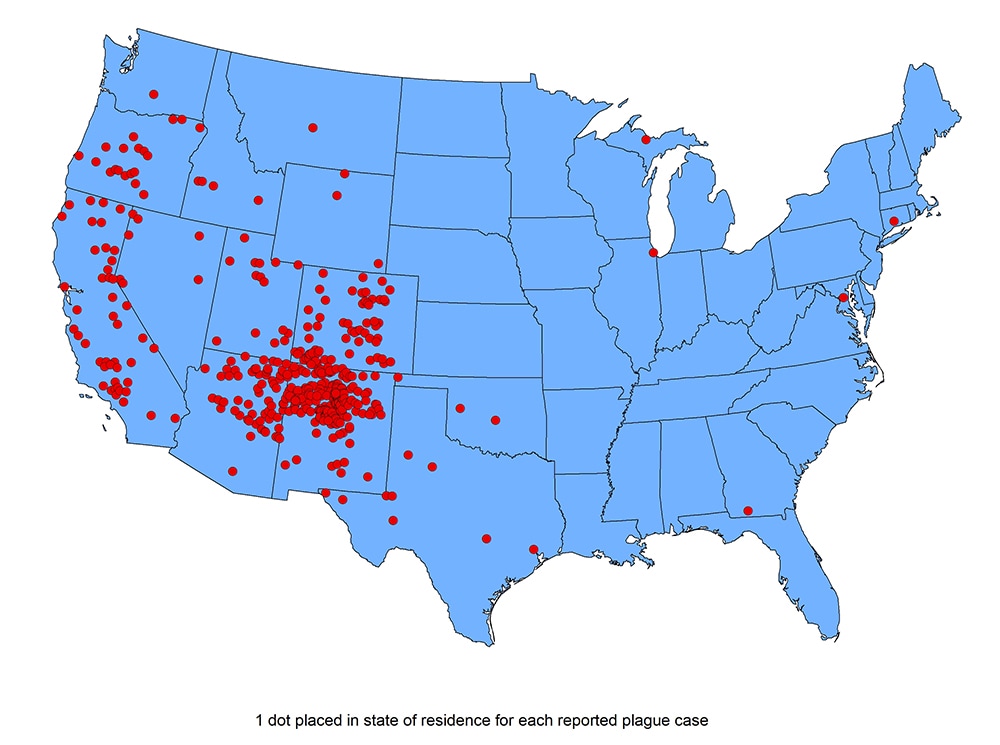Hughman
Platinum Member
Peanut butter + trap + 22 = bird food
You'd think they would learn but they aren't too bright.
You'd think they would learn but they aren't too bright.
I forgot to mention that groundhogs are also carriers of bubonic plague worldwide--rare in the US, but still possible.They can keep their pelts. I don’t touch them, if possible. They are carriers of multiple diseases, including rabies. Here is a quote from a pest control website:
Diseases Carried by Groundhogs
Of all the rodents, groundhogs are most likely to have rabies. Rabid groundhogs behave erratically, foam at the mouth, and are much less fearful of humans than healthy woodchucks, The viral diseases is transmitted via bite or scratch, so any encounters with aggressive groundhogs resulting in injury should be followed up with a visit to a medical professional.
Additionally, though rare, groundhogs can carry tularemia. Symptoms of this disease include fever, chills, headache, and diarrhea. Woodchucks can also carry groundhog ticks, which spread Lyme disease to humans.
True!I forgot to mention that groundhogs are also carriers of bubonic plague worldwide--rare in the US, but still possible.


Actually plague is not so rare in the US. Every year there are a few cases in my county and throughout the foothills of the mountain west: prairie dog colonies and ground squirrels are notorious for carrying the fleas that cause plague. For the most part, antibiotics have made plague survivable nowadays.True!
I would phrase that as plague is rare in the US, but the primary cause is ground squirrels and their brethren.
I handle our ground squirrels as little as possible, if that...
Yup, you are pretty much at ground zero for bubonic plague in the US, as shown in the map above, but for perspective, the US running average 1970-2020 was ten cases a year, though climbing of late.Actually plague is not so rare in the US. Every year there are a few cases in my county and throughout the foothills of the mountain west: prairie dog colonies and ground squirrels are notorious for carrying the fleas that cause plague. For the most part, antibiotics have made plague survivable nowadays.